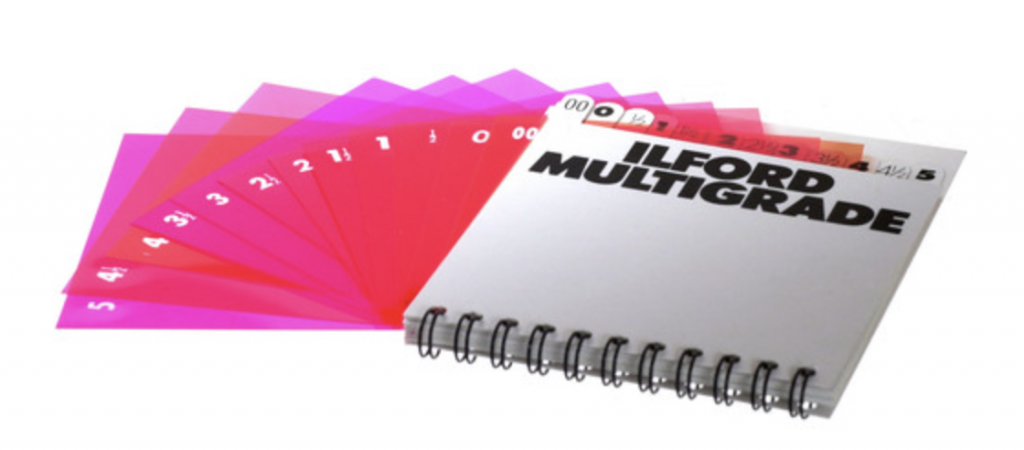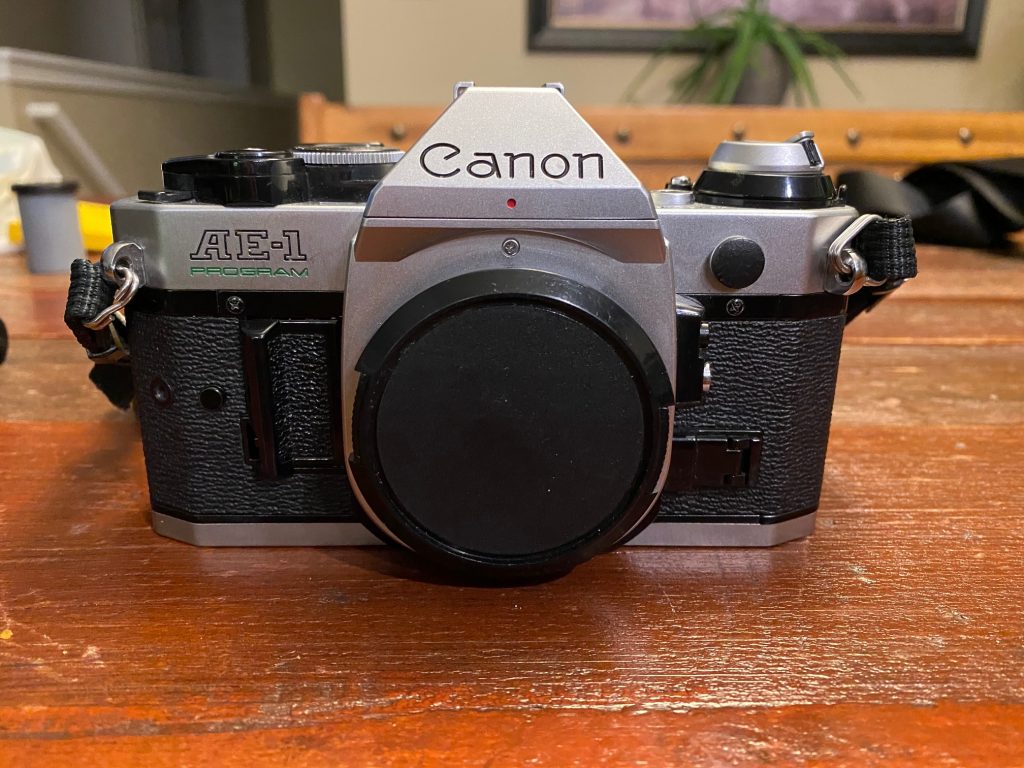Working with Multi-Grade Filters

I really like photographs tons of contrast, with really stark blacks and whites within the image. I think these high contrast images make for really sharp, visually interesting images, and it also demonstrates a lot of the details in what I was seeing when I took the photo. Some of the things I have been doing to encourage more contrast, is to pay more attention to light as I take the photo, making sire the camera was optimal and was the time of day. I use Ilford HP5 400 ISO film, which is great for contrast, and to get a bit more contrast out of that film, I have increased my development times, just a bit. However, even with these techniques added, I still felt like many of my images were a bit muddy.
So, in knowing all the background and where I am trying to go with my images, I did a bunch of research into how to get more contrast out of my photos. On the Internet, there’s a ton of opinions on how this can be accomplished, and much of it, I had already been doing, regarding camera settings, film, and development techniques. This led me to multi-grade filters. I went right to my favorite online photography store and purchased a set of these for about thirty-five bucks. Kind of expensive for a set of colored sheets of plastic. But none the less, I went to work on enlarging with these new tools. Just to preface this, I use a Bogen T-35 enlarger, which I added a better lens to, so not top of the line, but certainly an adequate enlarger, but I noticed right away, that my filters did not fit in the filter tray. So, I immediately cur them down to fit, and got to work.

I began the process by using strips of photo paper, and exposing it with various amounts of time using the same filter, and I would run through several of the filters, to see what they do. Having this group of photos really helped me understand how these worked. The higher the number, the more contrast that is created, because of the amount. of light that is allowed to pass through the filter. The lower number filters do the same thing, but just at a lower rate than the higher numbered ones. So, depending on how much contrast I am trying to create, based on the existing negative, is going to dictate what filter I use and how much light I allow to pass through. This change in light passing through does affect exposure times, so you’ll definitely want to run another test strip. This is especially true if you are going to expose more white, filter-less light, or are going to use more than one of the filters for an image. The paper used also has some play in the contrast game, but it is difficult to find the high contrast paper, and when I do it can be pretty pricey. Currently I use a multi-grade paper, resin coated, with a pearl finish. Having the multi-grade filters help overcome not being able to use super high contrast paper.
Since I have been working a lot with multi-grade filters, and trying to get as much contrast out of my photos as possible, I have seen a difference in what I am able to do in the darkroom, and it has opened a whole new world to me, in regards to getting more contrast and being able to better control the ending result, especially since I am not using the top of the line equipment, film, or paper. As I get better at working with the filters, I will create a quick tutorial, and post that here.
A Look at One of My Cameras
When I first starting getting into taking 35mm black and white photographs, which wasn’t all that long ago, I really thought out what equipment I would need. I read blog after blog, trying to figure out what people thought worked well. Some of things i considered was price, as I would love to own nothing but Leica cameras and lenses, this was not an option for me. I also wanted to use equipment that was not only financially accessible, but also cameras that were technically possible with my current understanding. I settled on what many consider to be the best camera for the buck, the Canon AE1 Program.

One of the things that makes this camera fantastic, is that it is not that far advanced, and so taking photographs are really within the control of the photographer. But, this also creates a challenge in getting photographs with the right amount of focus and light, to ensure I get enough contrast within the image. I like the challenge, and have had a lot of fun experimenting with this older technology.